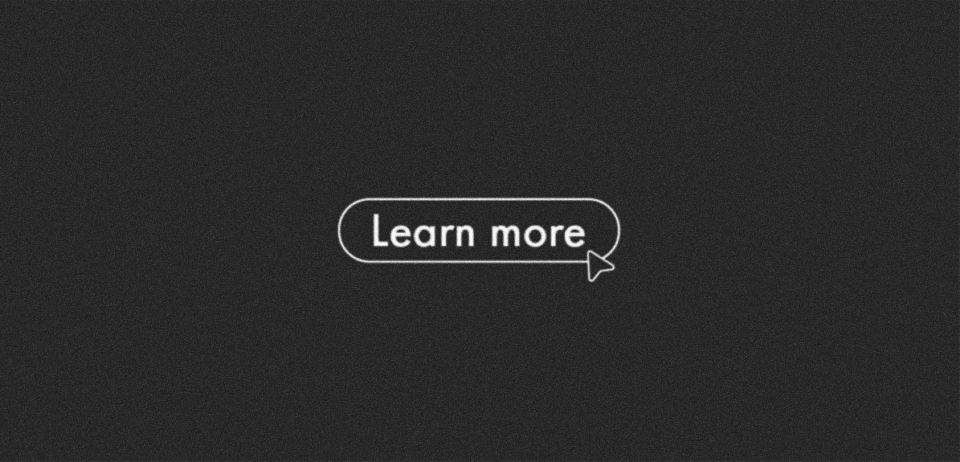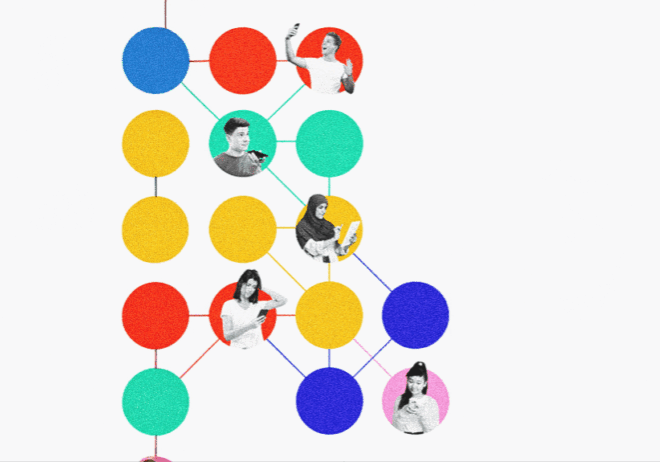
Accessible Design: The Real Game-Changer in Digital Advertising
The internet is meant to be a level playing field—one that allows everyone to engage, explore, and connect. But what if the way we design digital experiences is unintentionally leaving millions out? For brands trying to capture hearts and clicks, that’s not just a design flaw. It’s a missed opportunity.
Accessible design isn’t just about compliance or checking boxes—it’s about making sure every user, regardless of ability, can fully experience your brand’s message. As more users demand inclusion and as laws tighten, brands that embrace accessibility are discovering an unexpected edge: better engagement, broader reach, and stronger ROI. This is why accessible design is fast becoming the new cornerstone of digital advertising—and why it deserves a spot at the top of your creative brief.
It’s time to catch up with the next big thing in digital advertising. Grab your coffee mug, pull up a chair, and let’s explore why accessible design is changing the game.
What accessible design really means, and why it really matters
Before reaching any conclusion, let’s just get one thing straight—accessible design is more than adding captions to your Instagram Reel or choosing high-contrast colors in your banner ad. Today, we have reached a point where catchy captions and pixel-perfect design aren’t enough to impress the young audience. Gen Z—the digital natives with a keen eye for inclusivity—have been quietly steering the industry toward something bigger: accessibility. And now, it’s no longer just a whisper—it’s a rising wave. You’ll find it in every swipe, click, scroll, and sponsored post—not just in apps or sidewalks, but across the entire digital experience.
Accessible design means creating digital experiences—ads, websites, videos, emails—that everyone can use, regardless of their physical, auditory, cognitive, or visual ability.
It’s more about designing with intention and empathy, which includes alt text that describes what’s happening, video ads with meaningful captions and audio descriptions, buttons that are easy to read and tap on a phone screen, and simple, jargon-free copy that doesn’t feel like a marketing thesis. In short, it’s a design that ensures no one is left behind.
And here’s why that matters more than ever—an estimated 1.3 billion people worldwide, or about 16% of the global population, experience significant disabilities. That’s a massive global audience with unique needs—and incredible potential.
Imagine you are preparing to launch a highly anticipated social media campaign, only to find that people with accessibility needs can fully engage. Without efforts like captions, alt or easy-to-use design, a large part of your audience gets left out. And that’s not just unfair—it’s a missed chance to connect.
When people feel included and understood, they’re more likely to support your brand, share your message, and stick around for the long run.
The legal & creative imperative of accessible design
Although advertising is typically driven by creativity, there’s a legal conversation gaining ground that marketers can’t afford to ignore. The Americans with Disabilities Act (ADA) now extends beyond physical spaces to include websites and digital content. And it’s not just about avoiding lawsuits—though those are on the rise—it’s about building inclusive digital environments that are compliant, responsible, and future-ready.
It’s really unfortunate that some people still consider “accessible design” and pictures as dull visuals, monotone voiceovers, or stripped-down layouts. But that’s an outdated myth. Accessibility isn’t about limitations—it’s about innovation. It challenges brands to think beyond the usual, unlocking fresh formats and inclusive features that work for more people. It’s a creative opportunity, not a creative cost.
Nike’s narrated fitness ads for blind users, Apple’s product launches featuring live ASL interpreters, and Sephora’s beauty tutorials with captions and voiceovers aren’t just thoughtful add-ons—they’re game-changers. These brands are demonstrating that accessibility is a creative benefit rather than a tradeoff.
It accentuates the message rather than diluting it. Your story will reach more individuals and have a deeper impact when it is designed with inclusivity.
For Gen Z, accessibility is non-negotiable
Gen Z has gone beyond Millennials’ introduction of purpose-driven branding by calling for accessibility, authenticity, and inclusivity at every level. This is the generation raised on TikTok auto-captions, voice-to-text, and swipe-friendly UX. They expect digital spaces to work for everyone. And when brands fall short, they notice—and they speak up.
For Gen Z, inaccessible content isn’t just an oversight—it’s a red flag. It signals exclusion, lack of effort, or worse, indifference. And that doesn’t fly with a generation that values transparency, inclusivity, and equal access. They’ll praise brands that get it right—and cancel the ones that don’t.
Social media plays a big role here, and yet accessibility tools are often ignored. Instagram’s alt text? Rarely used. TikTok’s auto-captions? A win, but not always turned on. Twitter/X image descriptions? Still an afterthought. If you’re skipping accessibility on social, you’re losing engagement and leaving audiences behind.
The fix? Simple steps with big impact—use image descriptions, add video transcripts, pick clean, readable fonts, and ditch the flashing visuals. Accessibility isn’t just the right thing to do—it’s what your future audience expects.
The new Ad playbook: Empathy, inclusion, results
This is a drastic but essential shift: design with your audience, not just for them. Including individuals with disabilities in your creative process is a tactic that improves results for all parties, not just a checkbox.
It means asking the right questions early on: Can this be navigated with a keyboard? Will a screen reader interpret this correctly? Is this legible at a glance? Are we using motion responsibly?
When you start thinking this way, you’re not just designing—you’re empathizing. You don’t have to abandon your brand’s identity to use accessible design. It means aligning your values with how your audience experiences your content. If your brand promotes sustainability, mental wellness, or inclusivity, then accessibility should show up in every ad, every interaction, every tap or scroll. That’s how brand purpose becomes real—not just a tagline, but a lived experience.
Accessible content improves SEO, drives higher conversions, and builds stronger brand loyalty. Because when your ads are easier to understand, navigate, and connect with, everyone wins. It’s not about compromise—it’s about expanding your reach, deepening your impact, and future-proofing your brand.
Tools that power accessible design—and why the future depends on them
The good news? You don’t have to reinvent the wheel.
There are plenty of tools out there that make accessible design easier than ever. WAVE helps you quickly evaluate your site or ad’s accessibility. Stark plugs right into Figma to test contrast and usability in real time. While VoiceOver (iOS) and TalkBack (Android) allow you to view your advertisement as a screen reader user would, Otter.ai and Descript are tools that provide quick and accurate video transcriptions. These aren’t fringe add-ons—they’re essential parts of a modern creative toolkit.
Because here’s the thing: the most powerful ads don’t just look good—they connect. Emotionally, visually, and experientially. But if your content isn’t designed to be accessed by everyone, then your message isn’t landing the way you think it is. Accessible design isn’t about checking a box. It’s about aligning your creative output with the inclusive world your audience expects (and deserves).
Let’s be real—accessibility is not a passing trend. It’s a design revolution, much like mobile-first or responsive design once was. Designing for accessibility will soon become the norm rather than the exception.
Thus, arrive early. So, be early. Be bold. And be proud that your next campaign doesn’t just perform—it includes, empowers, and resonates with everyone. In today’s world, accessible design isn’t just a smart strategy—it’s the right thing to do.
Cut to the chase
Accessible design makes digital advertising inclusive, engaging, and usable for people with disabilities. It’s the future because it’s ethical, smart, and profitable, especially as Gen Z and Millennials expect brands to do more than just sell. They want brands to be concerned.
So, here’s your move: consider accessibility when auditing your upcoming campaign. Because the brands that include everyone are the ones that win big, start small, be consistent, and lead with empathy.


